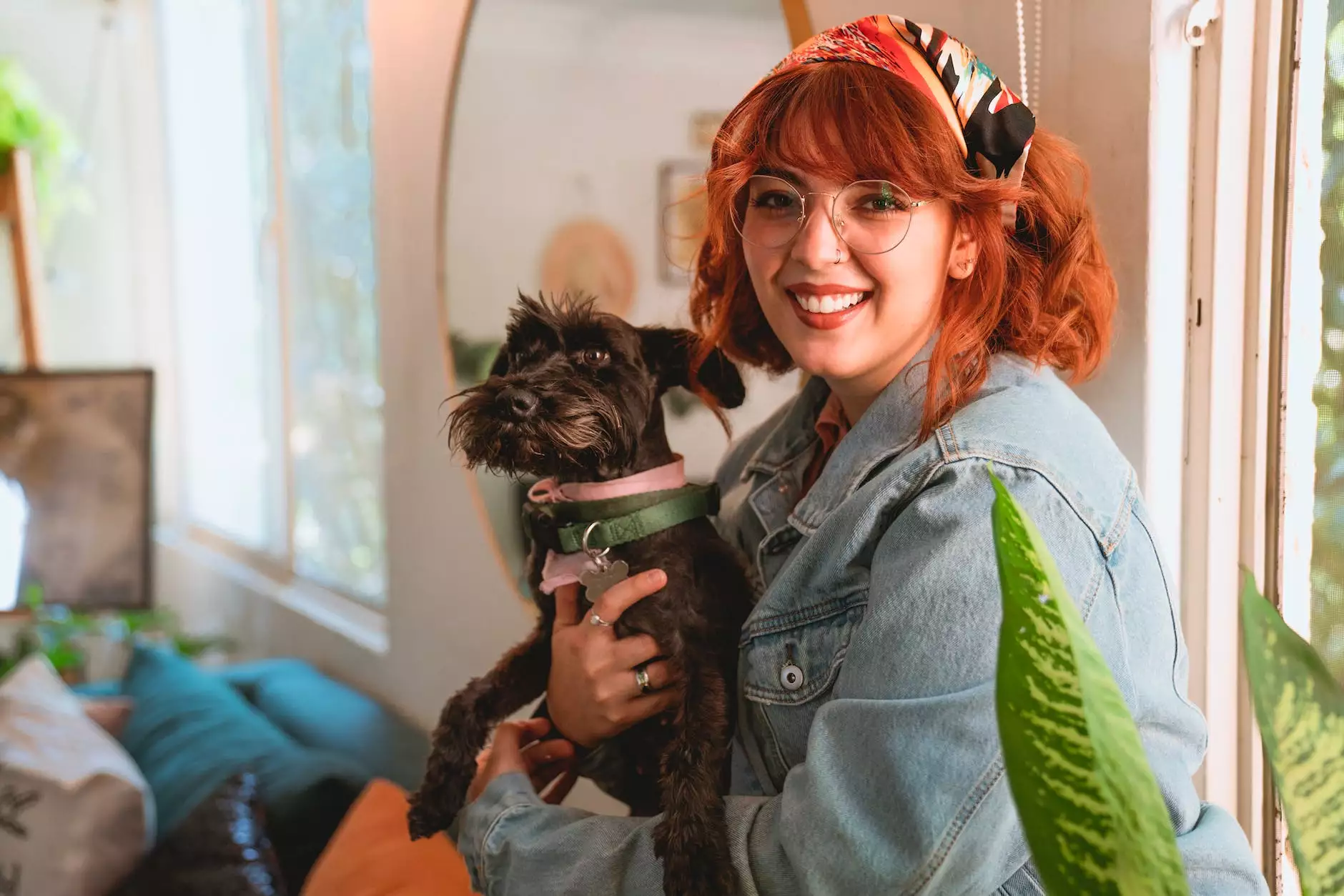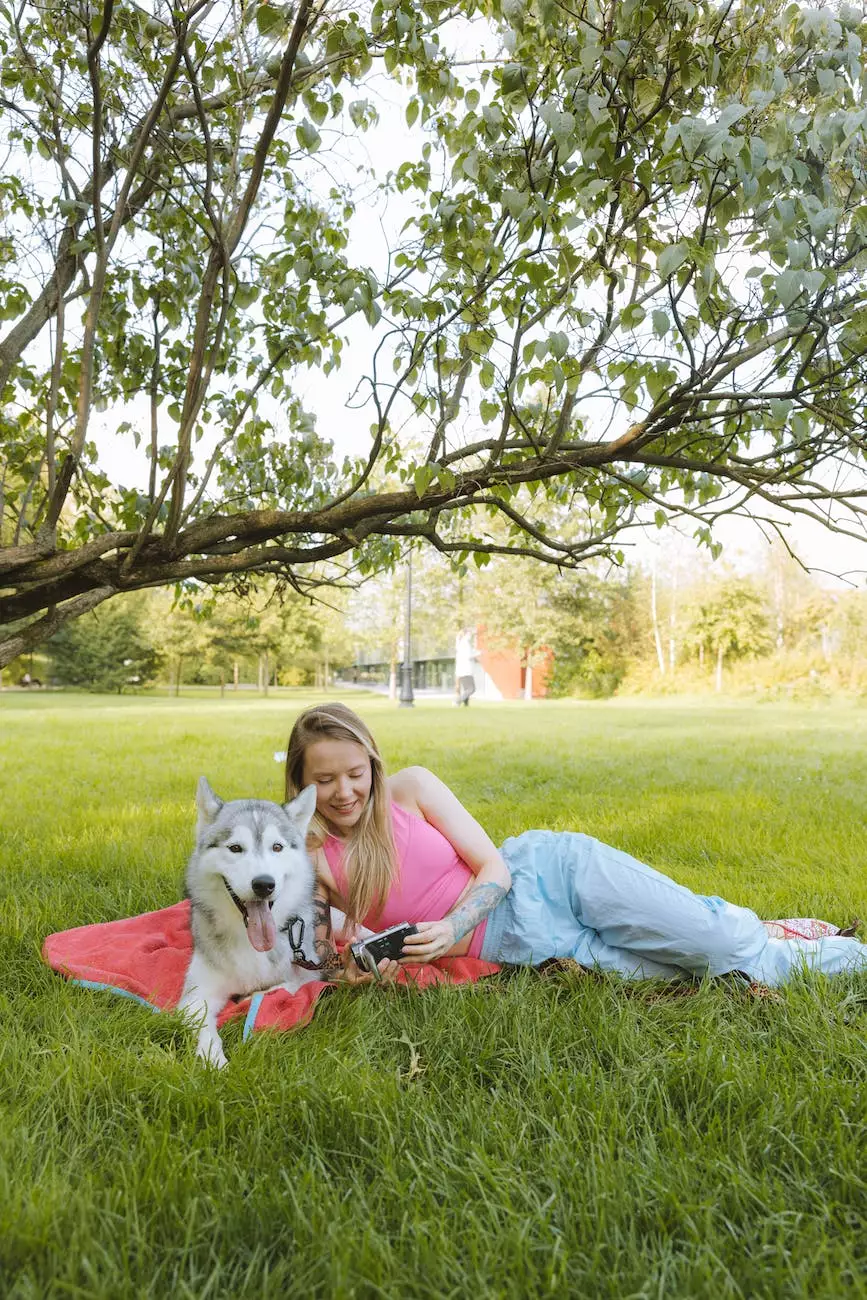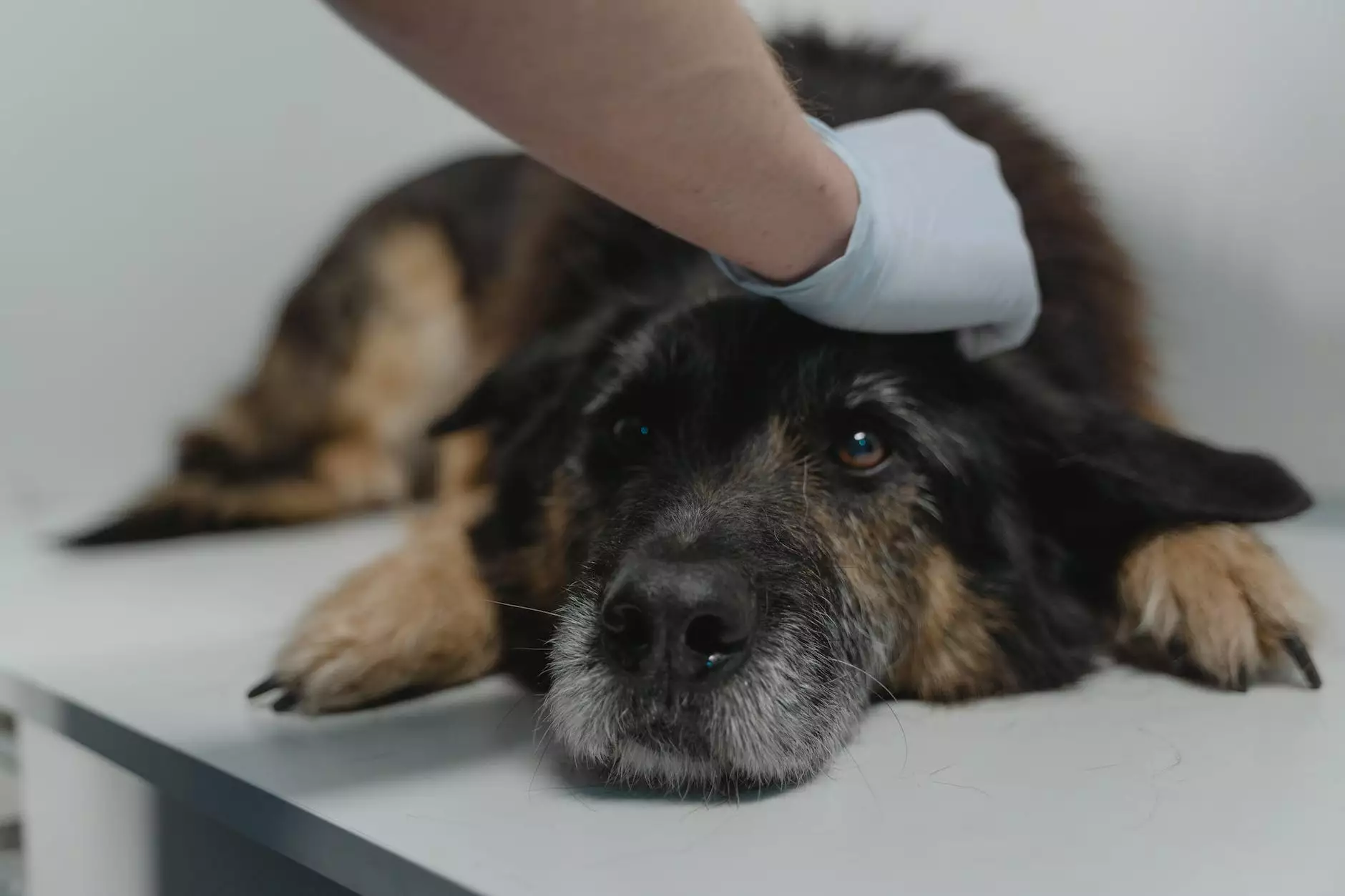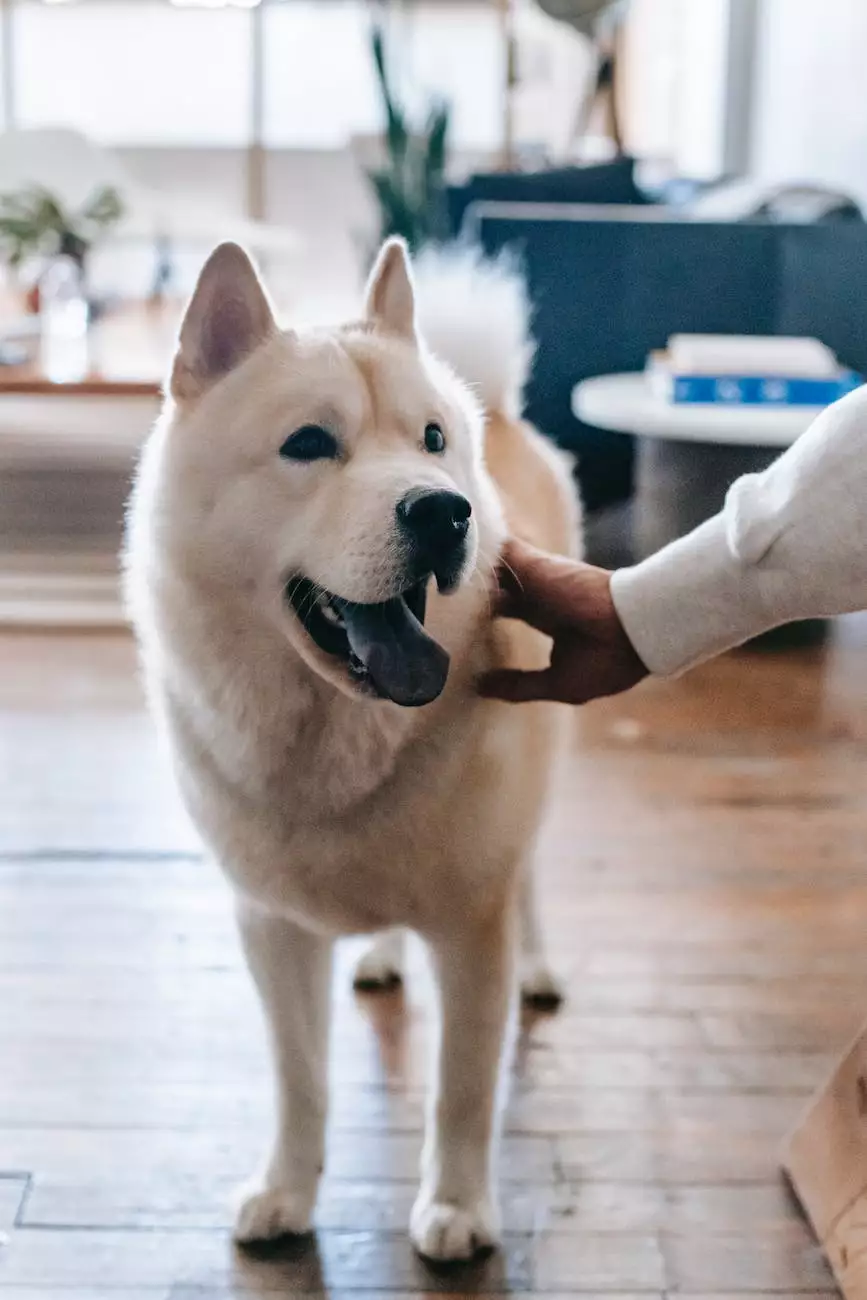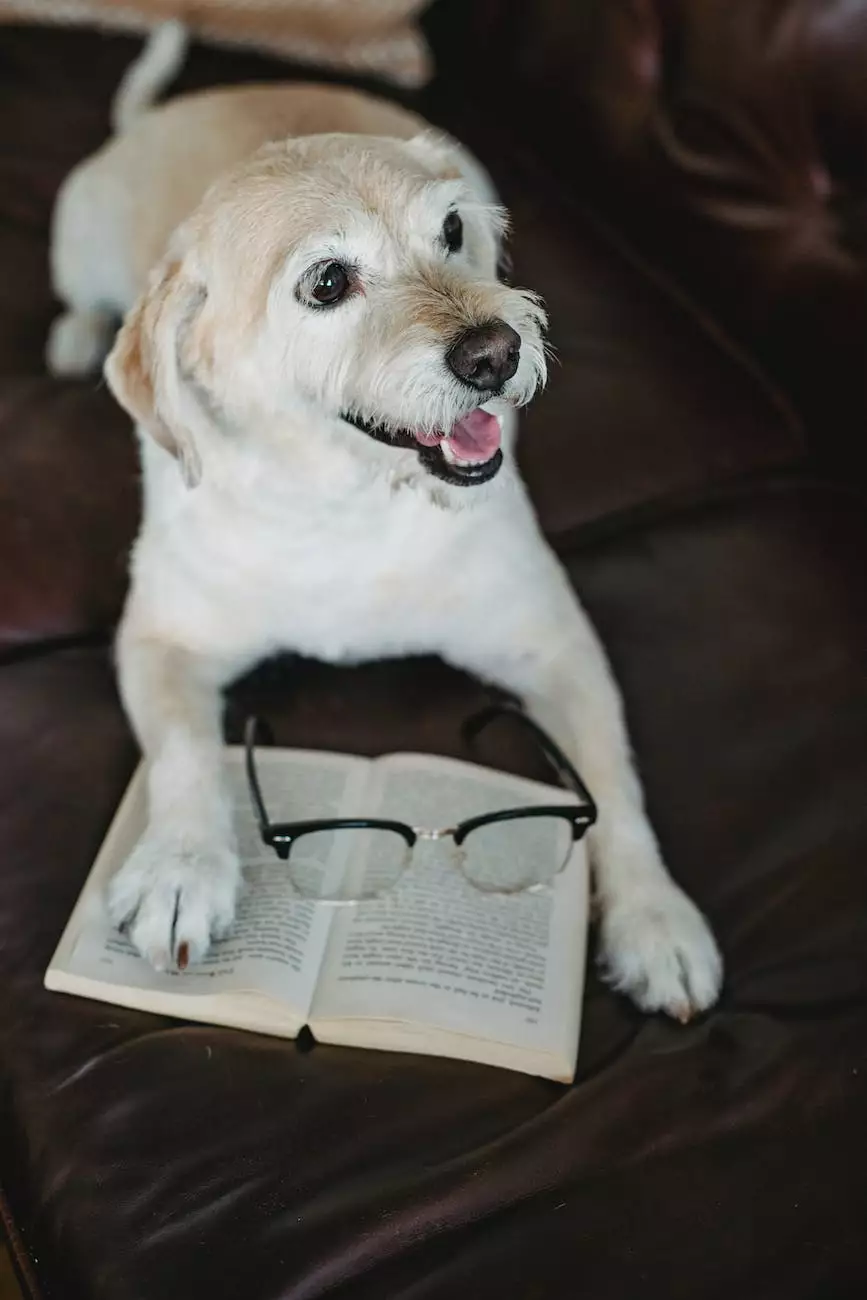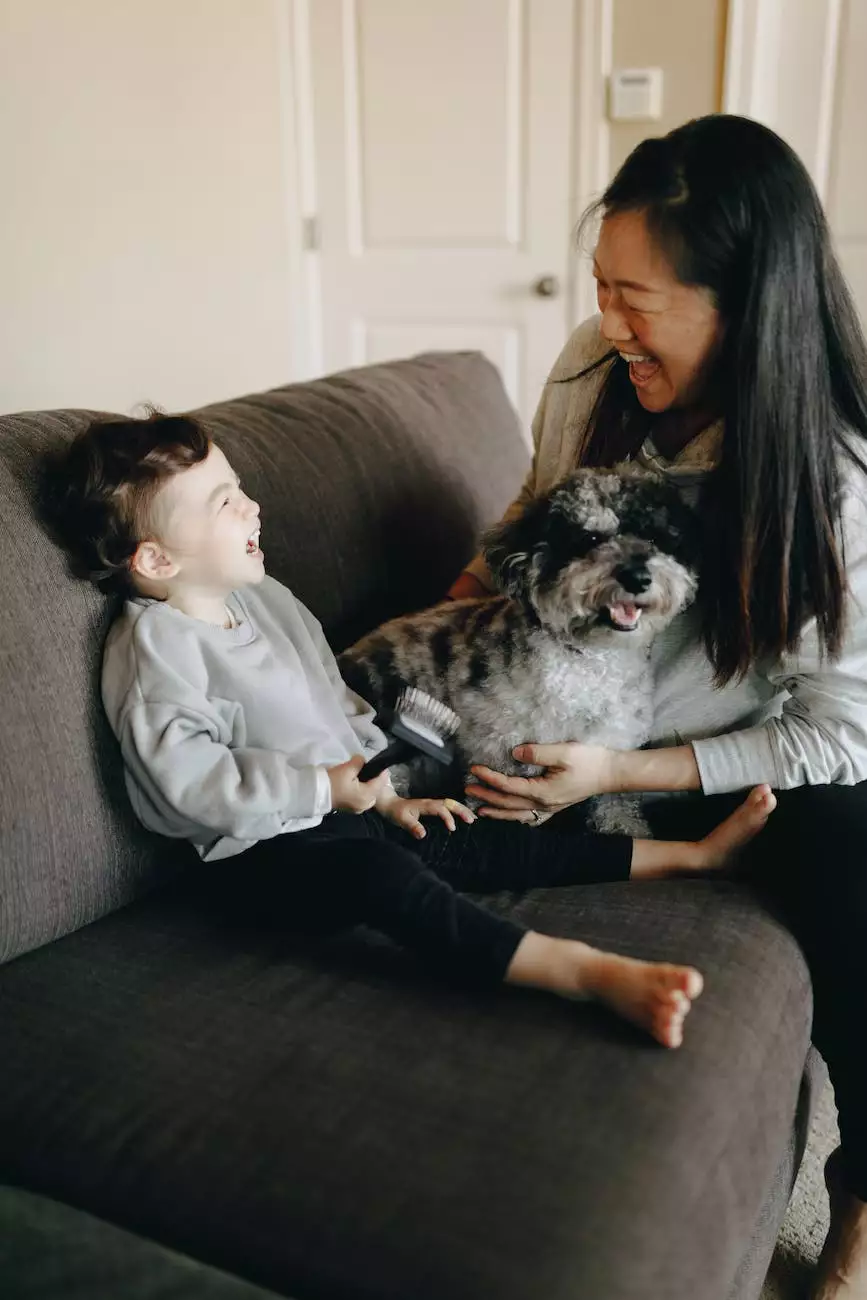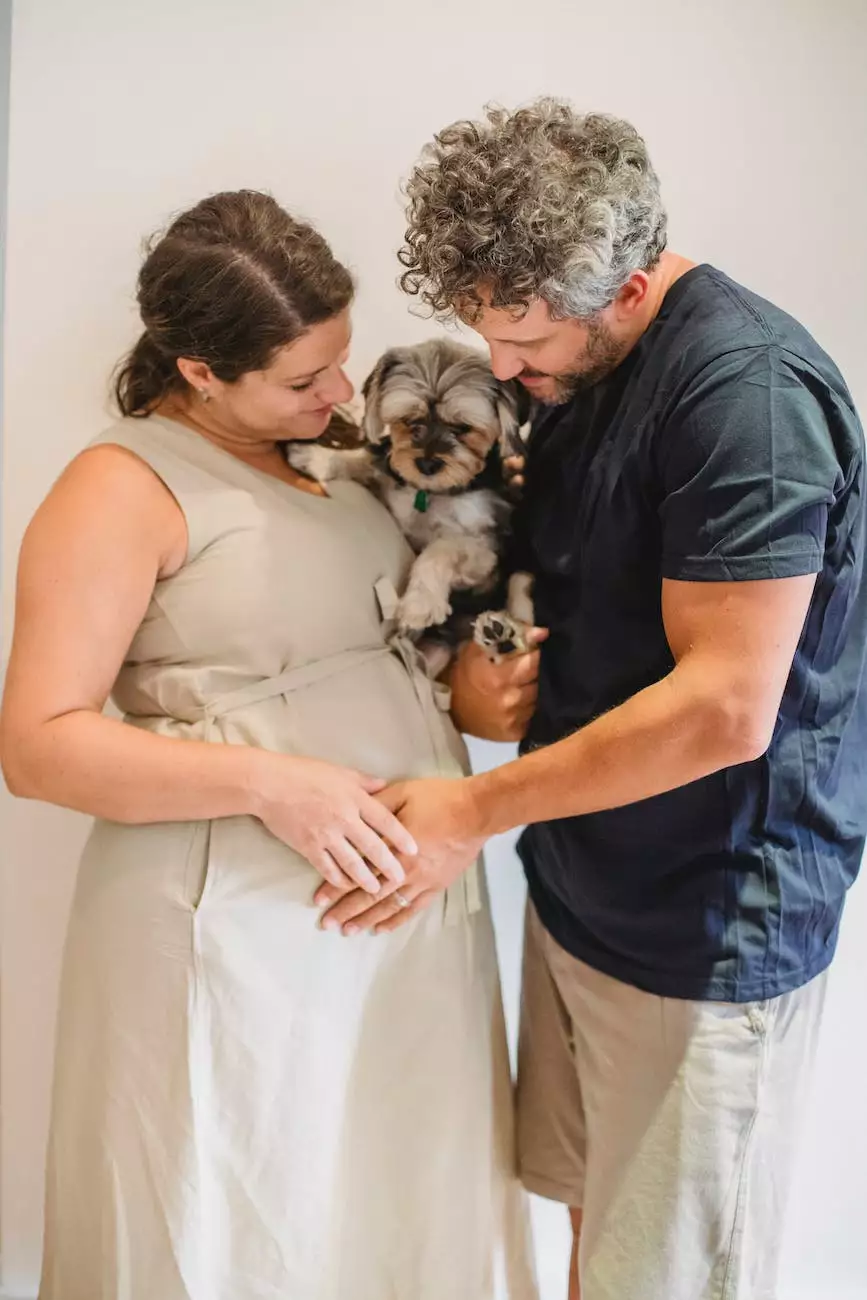Why Dogs Jump - Exploring the Behavior and Solutions
Dog Training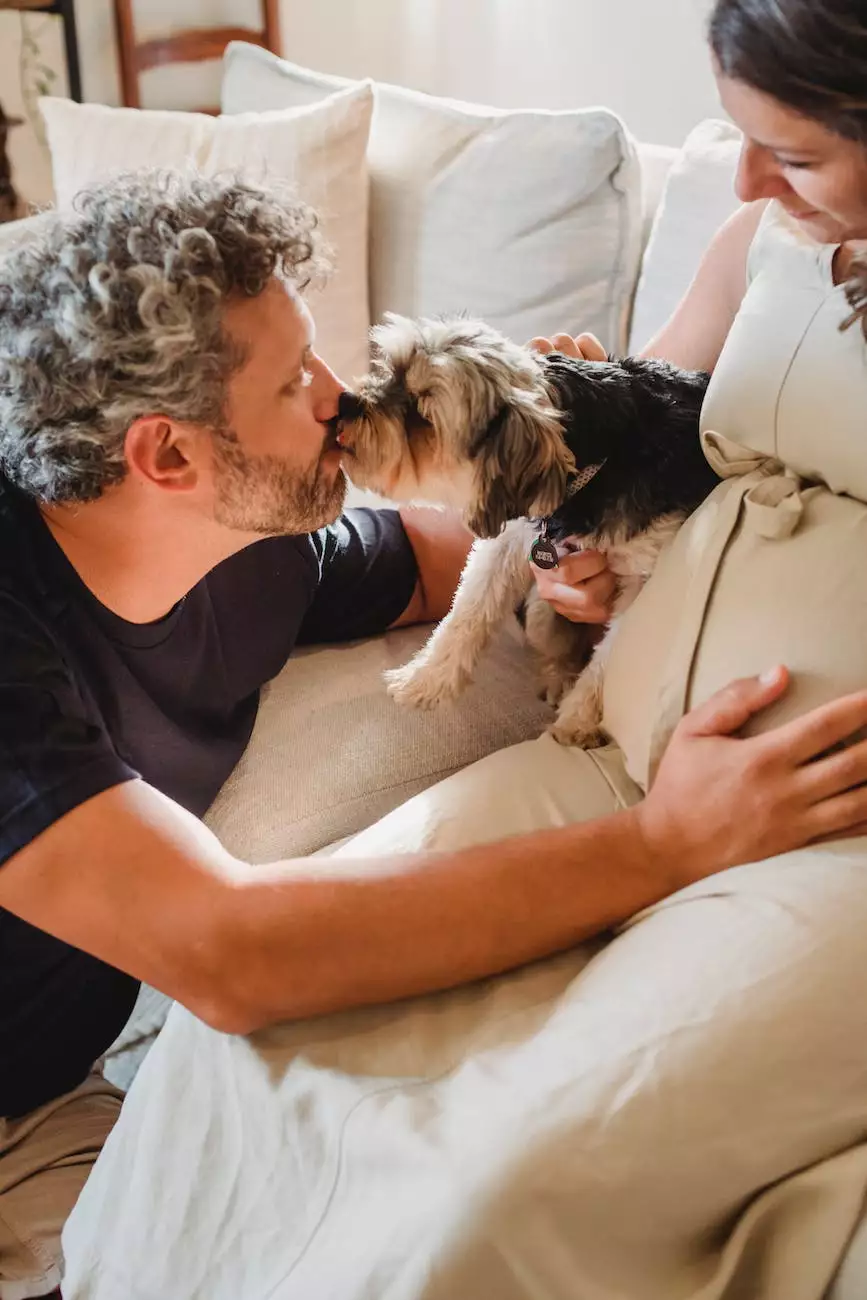
Understanding the Natural Instinct of Dogs
As social animals, dogs naturally seek attention and interaction with their human companions. Jumping, although sometimes unwanted, is a behavior that stems from their innate desire for communication, play, and affection. It is essential to comprehend the underlying reasons behind this behavior and find effective solutions to prevent any inconvenience that jumping may cause.
The Various Triggers for Jumping
Dogs may exhibit jumping behavior in different situations. Some common triggers include:
- Excitement: Dogs often jump when they are excited to see someone, such as when you return home from work.
- Greeting Behavior: Jumping can be a way for dogs to express their enthusiasm and eagerness to greet both familiar and new people.
- Attention-Seeking: Dogs may resort to jumping as a means of gaining attention when they feel neglected or ignored.
- Anxiety or Fear: In certain circumstances, such as encountering loud noises or unfamiliar surroundings, dogs may jump due to anxiety or fear.
The Importance of Addressing Jumping Behavior
While jumping is often seen as an innocent behavior, it can become problematic if not properly addressed. Uncontrolled jumping can lead to safety concerns, especially when dogs jump on children, elderly individuals, or individuals with mobility issues. Additionally, jumping may cause damage to clothing, scratch surfaces, or create an uncomfortable environment for both guests and family members.
Effective Strategies to Minimize Jumping
At Rosey Dog Care, we understand the significance of reducing jumping behavior to ensure a harmonious and enjoyable living environment for both you and your canine companion. Here are some proven techniques to help you achieve this:
1. Consistent Training and Reinforcement
Consistency is key when addressing jumping behavior. Establish clear rules and boundaries for your dog, and make sure that all family members and visitors follow them consistently. Reward your dog for desired behavior, such as sitting calmly instead of jumping, with praise, treats, or playtime.
2. Encourage Alternative Greetings
Teach your dog more suitable ways to greet people. For example, practice "sit" or "down" commands before greeting someone, redirecting their attention towards obeying commands rather than jumping.
3. Socialization and Exposure to Stimuli
Gradually expose your dog to various environments, noises, and situations to help reduce anxiety-induced jumping. Socialization plays a crucial role in creating confident and well-behaved dogs.
4. Avoid Reinforcing Undesired Behavior
Avoid inadvertently rewarding jumping behavior. Refrain from providing attention or eye contact when your dog jumps. Instead, redirect their focus by asking them to perform an alternative behavior, such as "sit" or "stay."
5. Seek Professional Guidance
If your dog's jumping behavior persists despite your best efforts, consider seeking professional assistance from experienced dog trainers or behaviorists. They can provide tailored guidance and techniques to address your specific situation.
Building a Stronger Bond with Your Canine Companion
At Rosey Dog Care, we believe that addressing and modifying unwanted behavior is an opportunity to strengthen the bond between you and your four-legged friend. Our team of passionate professionals is dedicated to supporting you in the process of fostering a well-behaved and happy dog.
Contact Rosey Dog Care Today
If you need further advice, tips, or assistance with managing jumping behavior or any other aspect of dog care, don't hesitate to get in touch with Rosey Dog Care. You can reach us at [insert contact information]. We are committed to providing exceptional care and guidance to help you and your dog thrive.


